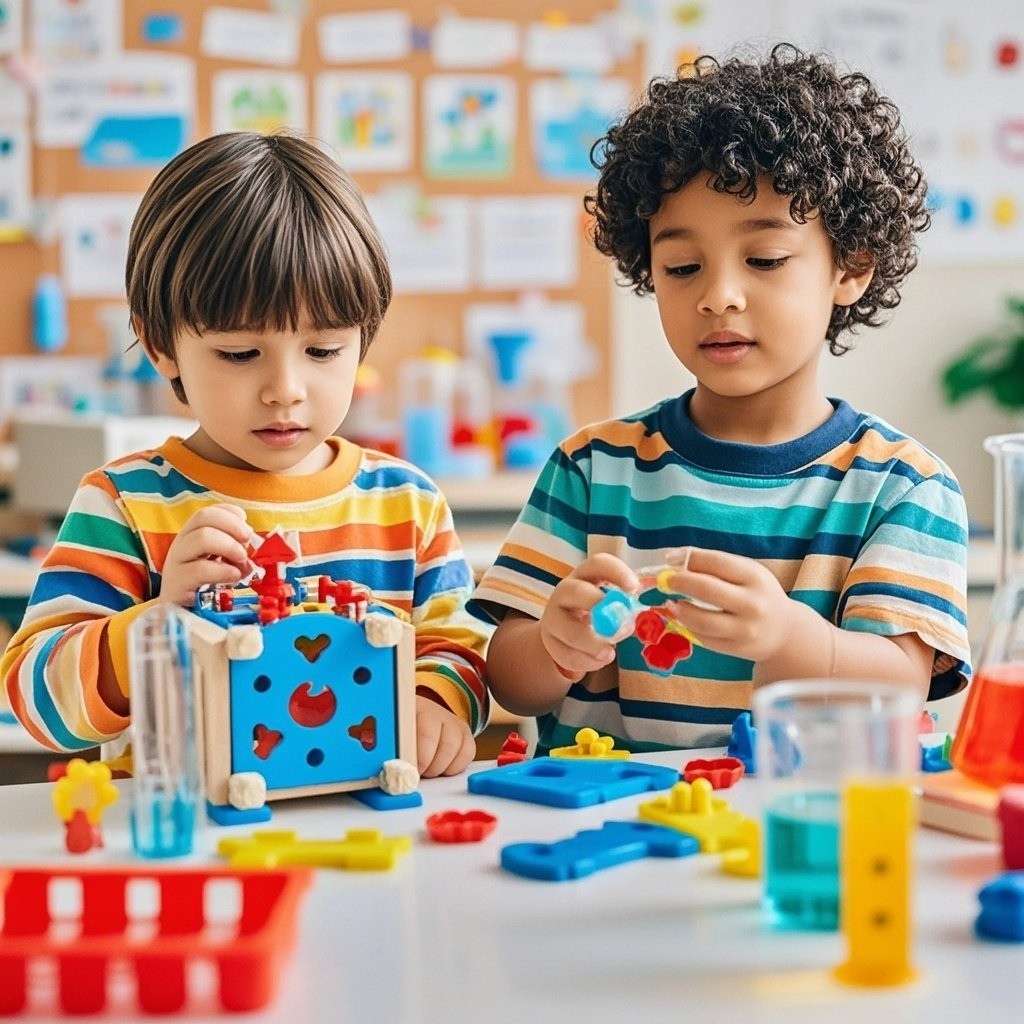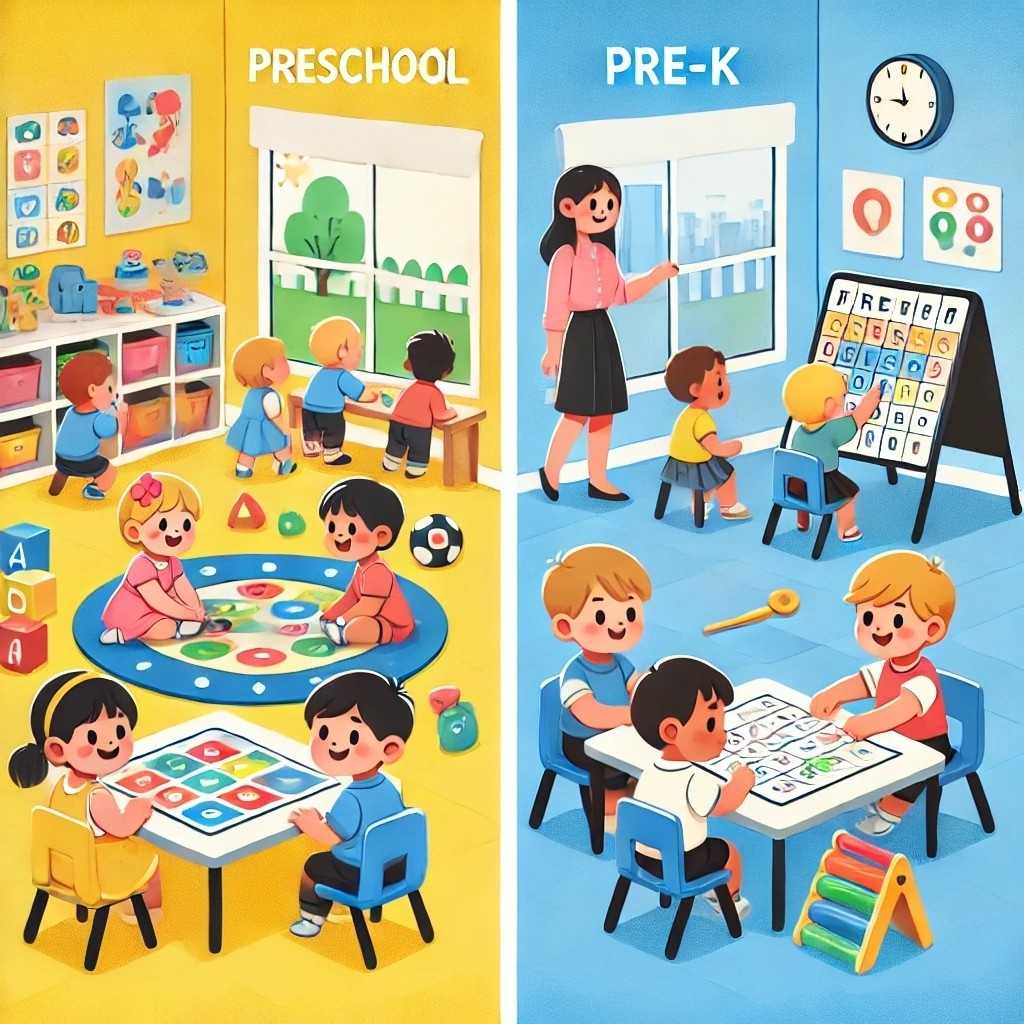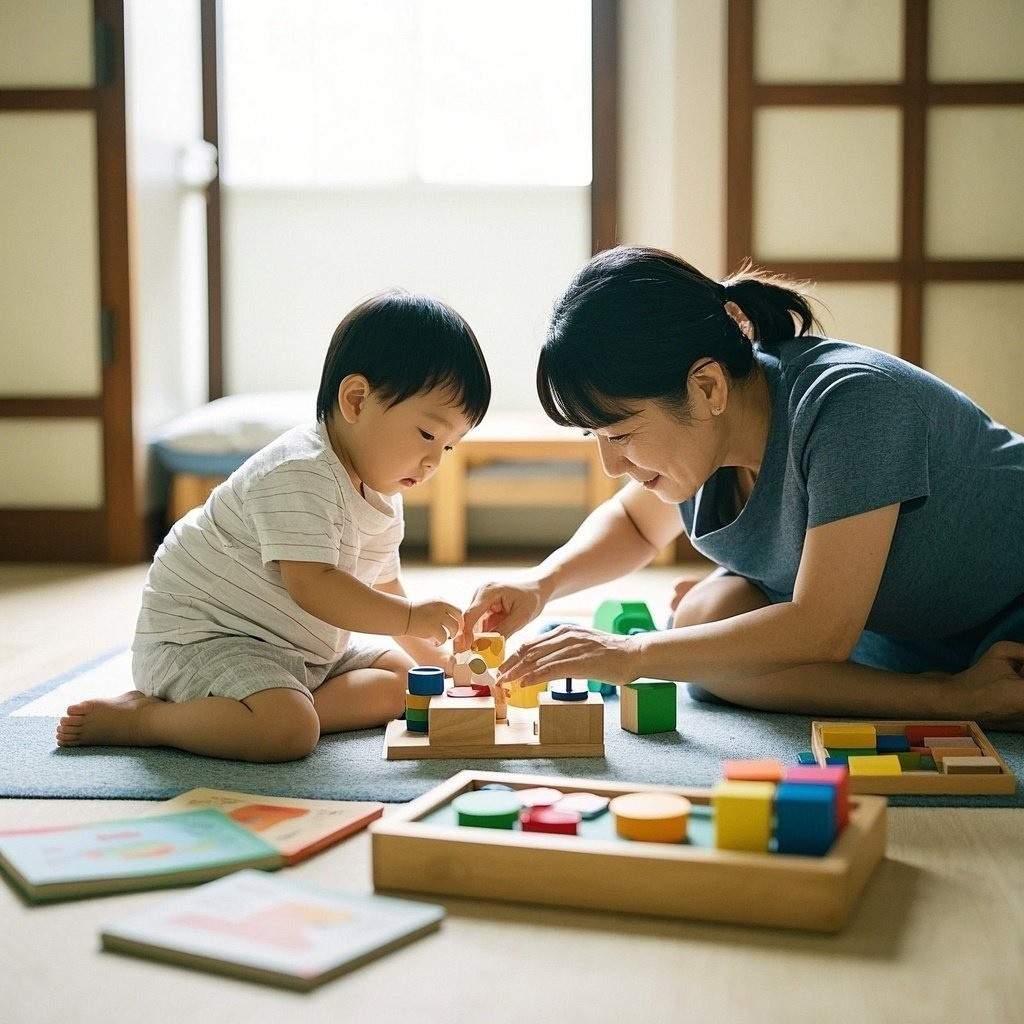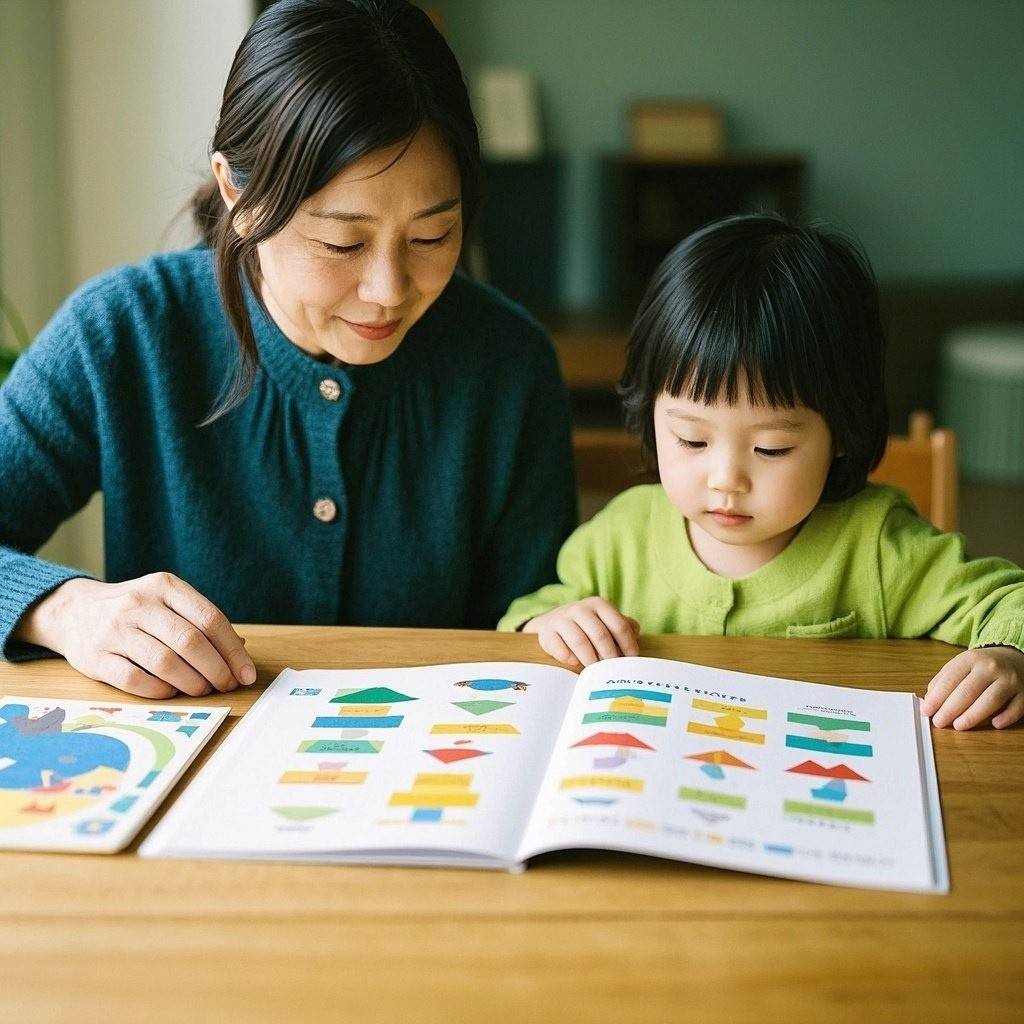Introduction to STEM for Preschoolers
Early STEM Exploration for Preschoolers Activities for Growing Minds is more than a trendy catch‑phrase—it reflects a shift toward giving very young learners the tools to observe, question, and tinker with the world around them. In the preschool years (ages 3 to 5), curiosity is at its peak: children wonder why shadows move, how blocks balance, and where puddles go after the sun comes out. By framing these everyday puzzles as opportunities for science, technology, engineering, and mathematics (STEM), we lay a lifelong foundation for inquisitive thinking.
Unlike the rote memorization sometimes associated with later schooling, preschool STEM is experience‑based. Children mix colors to watch new hues appear, sort buttons to see patterns emerge, and measure sand as they fill a bucket. These playful investigations introduce core concepts—such as classification, quantity, cause and effect, and basic coding logic—long before formal lessons begin. Importantly, STEM in early childhood is inclusive: with the right guidance, every child can succeed regardless of language level, motor skills, or prior knowledge. Families and educators who weave STEM moments into daily routines signal to little learners that asking “What if…?” is not only allowed but celebrated.
Hands‑On Activities for Early Science Exploration

Preschool science pivots on sensory discovery—seeing, hearing, touching, smelling, and sometimes tasting safe ingredients. Here are three classroom‑tested ideas that spark observation and prediction:
- Rainbow Jar Experiment: Layer household liquids of different densities (honey, dish soap, water, and vegetable oil tinted with food coloring). Children gently drip each liquid down a craft stick and watch as distinct color bands stack without mixing. They learn that some fluids are “heavier” than others, a first look at density and buoyancy.
- Mini Greenhouse in a Bag: Slide a damp cotton ball and a lima bean into a clear zip‑top bag, then tape it to a sunny window. Over several days, kids spot the emerging root, stem, and first leaves. This micro‑garden highlights plant life cycles and the needs of living things—water, warmth, and light.
- Magnet Mystery Hunt: Fill a shallow tray with rice and hide assorted items: paperclips, plastic beads, coins, and cotton balls. Armed with magnet wands, preschoolers “fish” for hidden treasures, recording which pieces stick and which do not. Sorting the results introduces properties of materials and the idea that metals behave differently from plastics or fabrics.
Each investigation is brief enough for young attention spans yet rich enough to prompt follow‑up questions like “Will seeds sprout faster in the dark?” or “What happens if we try syrup in our rainbow jar?
Engaging STEM Activities for Mathematics Development
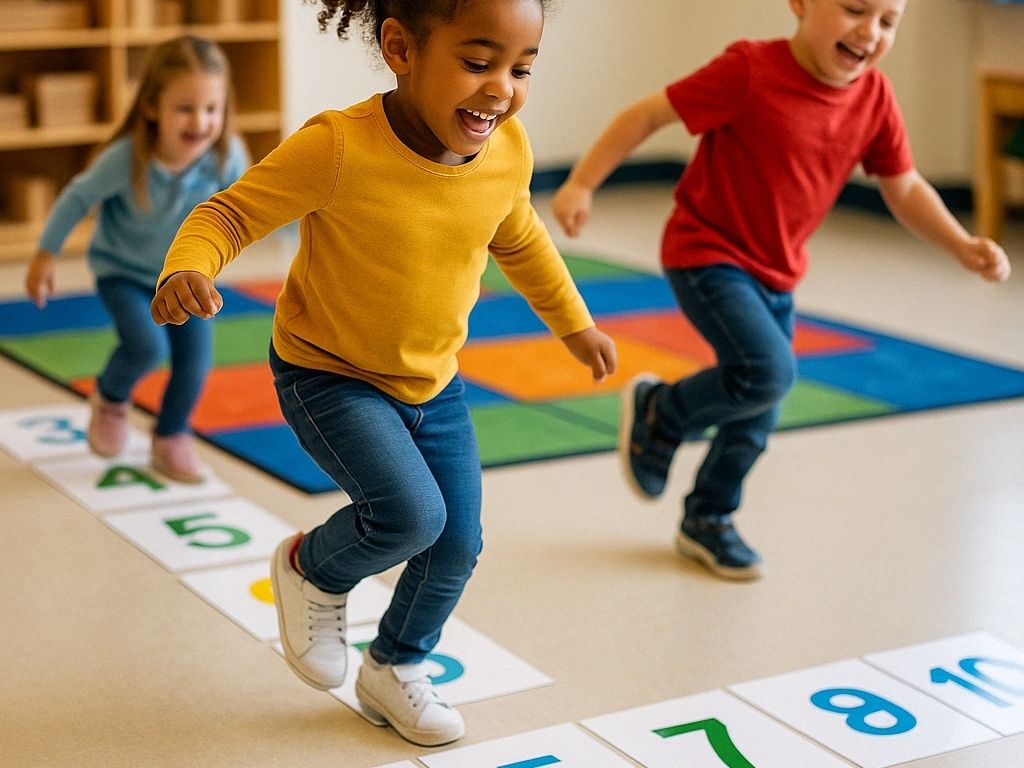
Mathematics in preschool goes well beyond counting aloud to twenty. It thrives when children manipulate real objects, compare sizes, and recognize repeating patterns:
- Pattern‑Block Art Stations: Provide colorful geometric tiles—hexagons, rhombi, triangles—and invite children to create mosaics on felt boards. As they rotate and flip shapes, they subconsciously explore symmetry, fractions (two trapezoids make one hexagon), and tessellation.
- Treasure‑Hunt Number Lines: Tape a “path” of numbered cards on the floor. When a teacher calls out “Find seven plus two,” children hop forward nine spaces, physically feeling the concept of addition. Variations include backward jumps for subtraction or giant‑step hops to introduce skip‑counting by twos and fives.
- Measuring with Non‑Standard Units: Hand out craft sticks or unsharpened pencils and challenge pairs of students to measure classroom objects: “How many sticks long is the bookshelf?” Converting lengths into stick units shows that measurements require agreed‑upon standards—a precursor to inches and centimeters.
Embedding math vocabulary—longer/shorter, heavier/lighter, more/fewer—during play nurtures confident future problem‑solvers who see numbers as friendly, flexible tools rather than intimidating symbols.
Building Problem‑Solving Skills through Engineering Activities

Engineering for preschoolers centers on constructing, testing, and improving. The iterative cycle of “plan‑build‑evaluate‑tweak” teaches resilience:
- Block‑Tower Challenge: Offer wooden blocks, cardboard tubes, and plastic cups. The goal: build the tallest free‑standing tower. When inevitable collapses occur, prompt reflection—“Which base was steadier? Why did it lean?”—before another attempt. Children discover concepts of center of gravity and structural support.
- Bridge over the Stuffed‑Animal River: Lay two chairs a set distance apart to form a “river.” Using popsicle sticks, clothespins, and string, teams design a bridge strong enough for a plush toy to cross. Testing weight limits fosters dialogue about load distribution and triangulation.
- Pulley Play Station: Suspend a small bucket from a rope looped over a curtain rod. As youngsters raise and lower blocks, they sense that pulleys reduce effort—an introduction to simple machines. Varying bucket weight invites comparisons: “Was it easier with one block or three?”
When adults model growth mindset language—“That design didn’t work yet; let’s try a new idea”—children internalize perseverance, a trait linked to later academic achievement.
Sparking Creativity with Technology Exploration
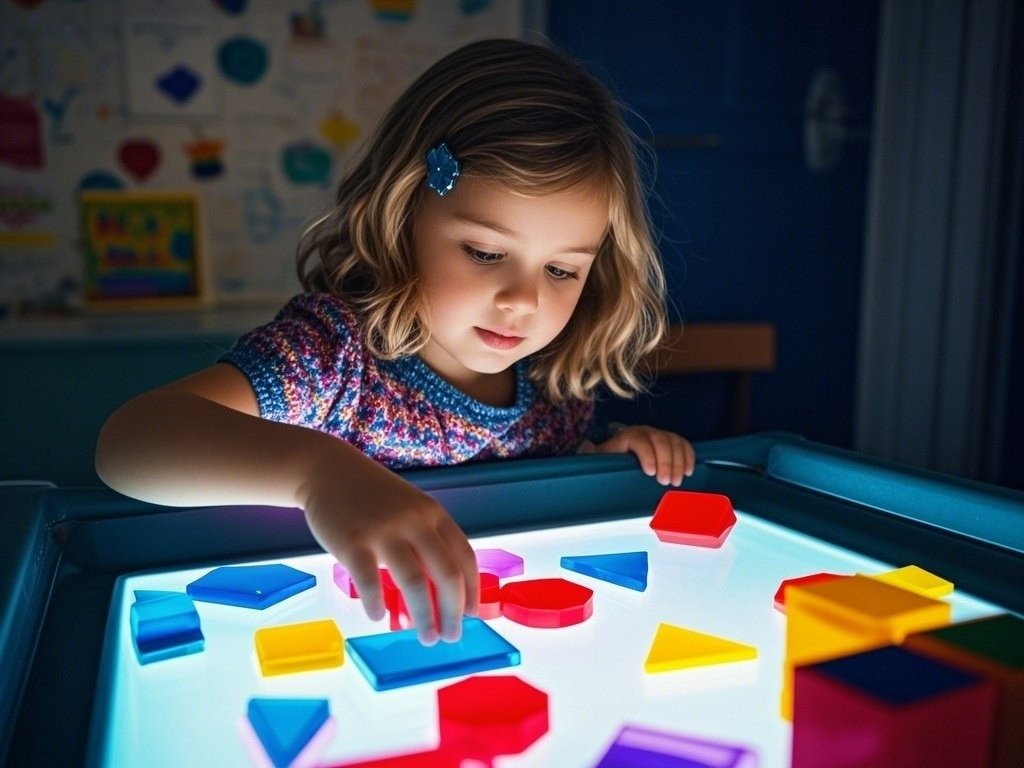
Technology in early childhood isn’t limited to tablets. It encompasses any tool that amplifies human capability:
- Light‑Table Investigations: Translucent counters, leaves, or X‑ray printouts glow on an LED panel, unveiling hidden veins and patterns. Students arrange shapes to form pictures, experimenting with opacity and color mixing without realizing they are learning about light waves and transparency.
- Introductory Coding with Story Sequencers: Picture cards depicting a character’s journey (wake up, brush teeth, eat breakfast) act as “commands.” Children place them in logical order, debugging when the narrative feels wrong: “Oops, we need pajamas on before sleep!” These unplugged coding sessions introduce algorithms and sequencing—key computer‑science concepts—without a screen.
- Digital Microscopy: A simple clip‑on lens for a classroom tablet magnifies sand grains or insect wings up to 60×. Zooming in transforms the ordinary into the extraordinary, prompting discussions about scale, texture, and design found in nature.
Balanced exposure to technology encourages children to be creators rather than passive consumers, cultivating digital literacy alongside creativity.
Incorporating STEM into Early Childhood Education Curriculum
For lasting impact, STEM should weave through daily routines instead of appearing as isolated “special” lessons:
- Thematic Units with STEM Threads: A two‑week “Weather Watchers” theme can blend science (cloud types, thermometer readings), math (charting daily temperatures), engineering (designing rain shelters for toy animals), and technology (recording time‑lapse sky videos).
- Learning Centers that Rotate: Establish distinct zones—Science Shelf, Maker Corner, Math Market—stocked with loose parts, magnifiers, recycled materials, and laminated task cards. Rotations keep interest high while giving small groups deeper engagement. Regularly refresh supplies (pinecones in autumn, ice blocks in summer) to reflect seasonal phenomena.
- STEM‑Infused Storytime: Books like Rosie Revere, Engineer or Pete the Cat and His Four Groovy Buttons prompt follow‑up tinkering or counting games. Extending literature with hands‑on challenges reinforces comprehension and vocabulary.
- Family Partnerships: Send home “STEM spotlight” newsletters with simple at‑home investigations—a moon‑watch journal or cooking measurements—that respect diverse household resources. Inviting caregivers to share jobs related to construction, health care, or coding helps children connect classroom learning to real‑world applications.
- Assessment through Documentation: Photo sequences, child dictations, and portfolio samples capture each learner’s questioning, hypothesizing, and reasoning far better than multiple‑choice quizzes. These authentic records guide teachers in tailoring future provocations.
By purposefully embedding inquiry, measurement, and creative construction across the day, educators cultivate agile thinkers prepared for an ever‑evolving world. When we view block corners, water tables, and nature walks as laboratories, Early STEM Exploration for Preschoolers Activities for Growing Minds becomes a living, breathing philosophy—one that honors children’s natural drive to explore while equipping them with the skills and confidence to keep asking bold questions, year after year.

